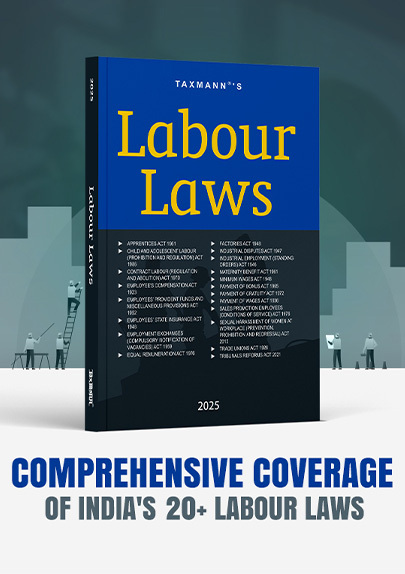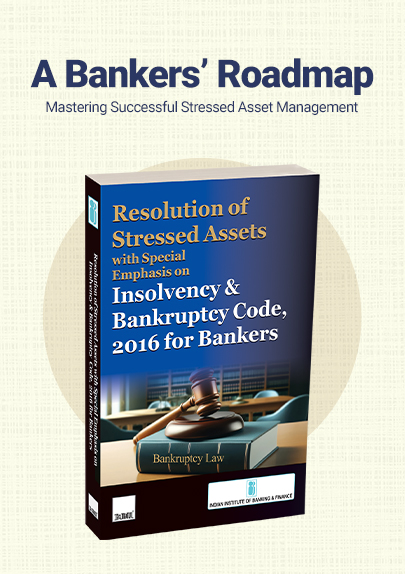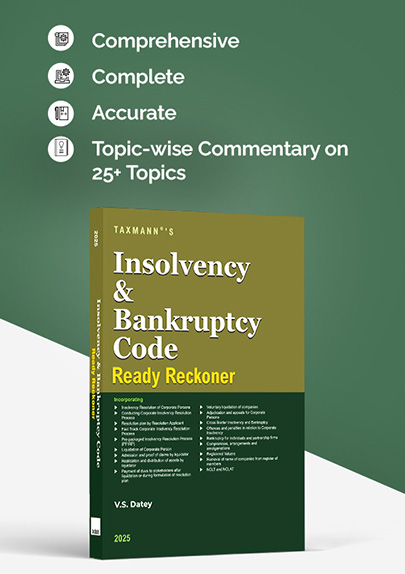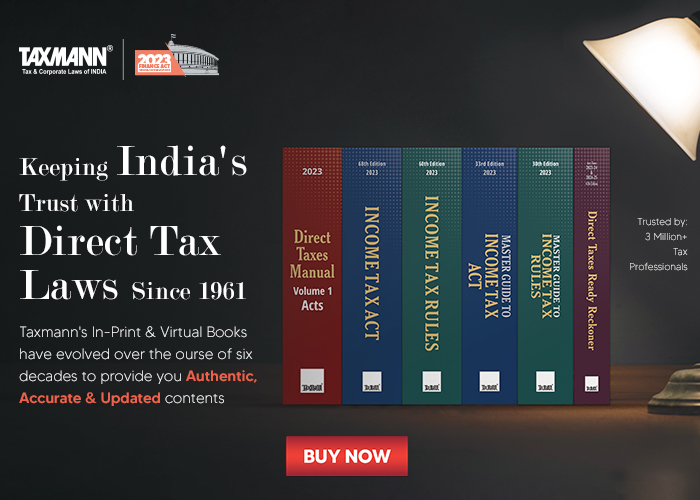[Opinion] Understanding Monetary and Non-Monetary Items | Key Insights for Accurate Financial Reporting
- Blog|News|Account & Audit|
- 2 Min Read
- By Taxmann
- |
- Last Updated on 7 January, 2025
CA Bharat Sonkhiya & Vikram Sadhwani – [2025] 170 taxmann.com 114 (Article)
“Monetary grows with rates that change, non-Monetary keeps its range”
In today’s interconnected world, businesses are no longer confined to a single country. As companies expand globally, a critical accounting challenge emerges: determining the appropriate currency for financial reporting and converting the financial statements of foreign branches into the home currency to ensure consistency and accurate reporting.
These challenges are comprehensively addressed by Indian Accounting Standard (Ind AS) 21 and Accounting Standard (AS) 11.
This article discusses about Accounting Treatment of Monetary and Non-Monetary Items, Key Differences between AS-11 and IND AS-21 & Accounting Practices for Special Transactions.
Let us first understand what are Monetary and Non-Monetary items:
Monetary items are assets and liabilities whose amounts are fixed or determinable in terms of monetary units. These are typically items that involve future cash inflows or outflows, and their value fluctuates only due to changes in foreign exchange rates.
Some Examples of Monetary Items are:
- Pension and other employee benefits payable in cash
- Debtors
- Creditors
- Provisions that are to be settled in cash
- Lease Liabilities
- Advance from customers
- Debt Securities
Non-monetary items are assets and liabilities that do not involve fixed cash flows or are not directly impacted by changes in foreign exchange rates. They are recorded at historical cost or fair value and are not retranslated at the reporting date unless fair value adjustments or impairments are applied.
Some Examples of Non-Monetary Items are:-
- Intangible assets
- Inventories
- Property, plant and equipment
- Right-of-use assets
In summary, distinguishing between monetary and non-monetary items is essential for accurate financial reporting, and effective management of foreign exchange risks. Monetary items, being prone to exchange rate fluctuations, require revaluation at the reporting date, while non-monetary items are typically measured at historical value unless fair valued, ensuring stability.
Click Here To Read The Full Article
Disclaimer: The content/information published on the website is only for general information of the user and shall not be construed as legal advice. While the Taxmann has exercised reasonable efforts to ensure the veracity of information/content published, Taxmann shall be under no liability in any manner whatsoever for incorrect information, if any.

Taxmann Publications has a dedicated in-house Research & Editorial Team. This team consists of a team of Chartered Accountants, Company Secretaries, and Lawyers. This team works under the guidance and supervision of editor-in-chief Mr Rakesh Bhargava.
The Research and Editorial Team is responsible for developing reliable and accurate content for the readers. The team follows the six-sigma approach to achieve the benchmark of zero error in its publications and research platforms. The team ensures that the following publication guidelines are thoroughly followed while developing the content:
- The statutory material is obtained only from the authorized and reliable sources
- All the latest developments in the judicial and legislative fields are covered
- Prepare the analytical write-ups on current, controversial, and important issues to help the readers to understand the concept and its implications
- Every content published by Taxmann is complete, accurate and lucid
- All evidence-based statements are supported with proper reference to Section, Circular No., Notification No. or citations
- The golden rules of grammar, style and consistency are thoroughly followed
- Font and size that’s easy to read and remain consistent across all imprint and digital publications are applied






 CA | CS | CMA
CA | CS | CMA


